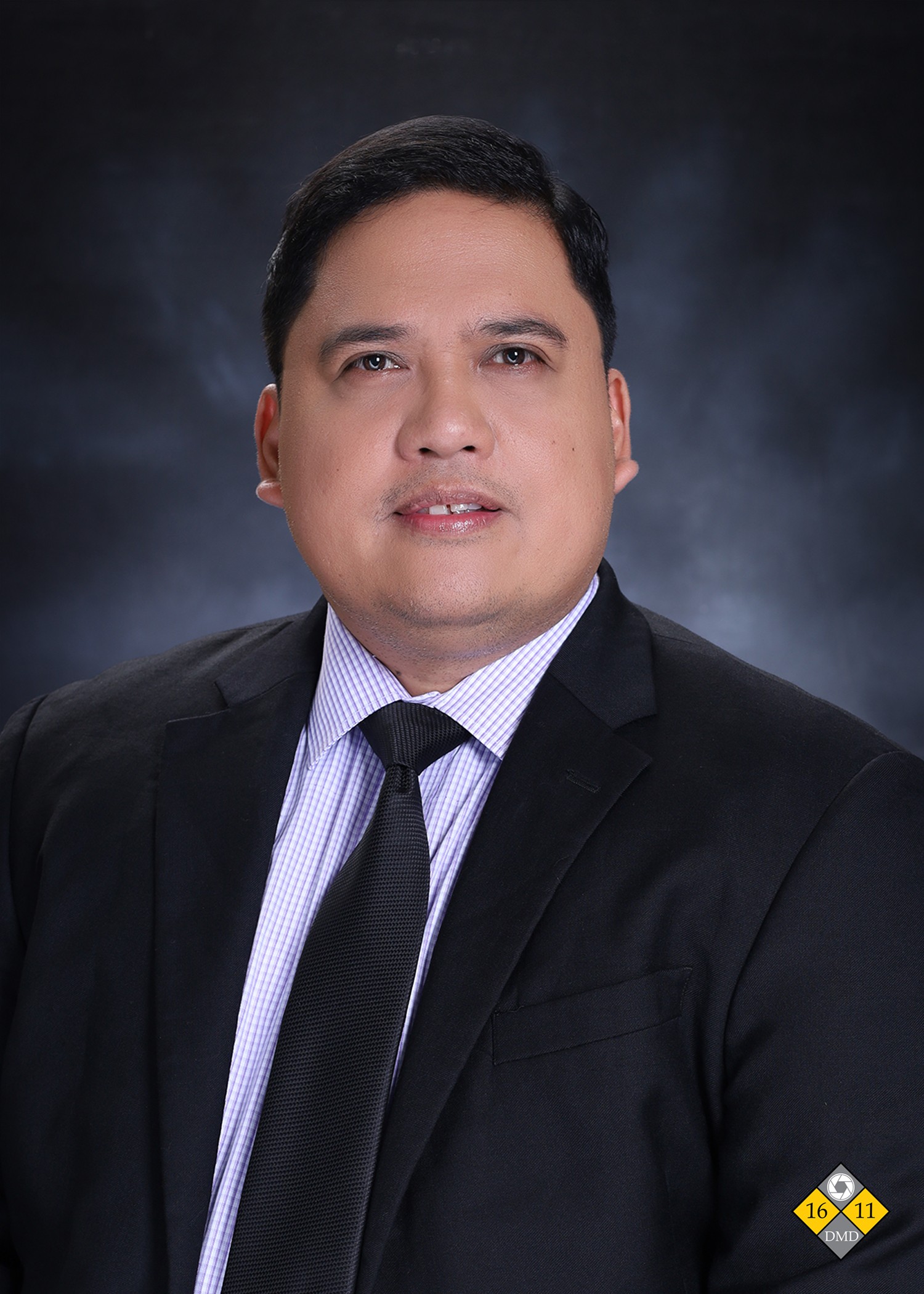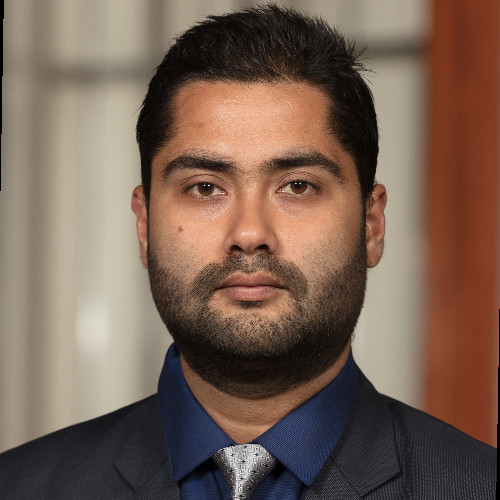Keynotes

Dr. Edison A. Roxas
University of Santo Tomas, Philippines
Education
Doctor of Philosophy in Electronics and Communications Engineering, De La Salle University – Manila, Philippines, 2018
Master of Science in Electronics and Communications Engineering, De La Salle University – Manila, Philippines, 2013
Bachelor of Science in Electronics and Communications Engineering, Technological Institute of the Philippines – Manila, Philippines, 1999
Research Interests:
Computer Vision, Data Science and Machine Learning, Digital Health, Intelligent Transport System, Smart and Precision Farming,
Program Leader:
iSULAT (Intelligent Stroke Utilization, Learning, Assessment and Testing): A Development of an Intelligent Quantitative Software-Based Handwriting Assessment and Testing System for Early Childhood Handwriting Evaluation
Project 1 – ISULAT WriteQuest: A Development of an Intelligent Quantitative Software-Based Children’s Handwriting Impairment Assessment with Gamification
Project 2 – ISULAT Sensory Patterns: AI-based Handwriting Analysis and Evaluation for Sensory Processing Difficulties
Title: An AI-Based Handwriting Analysis and Evaluation for Sensory Processing Difficulties
Abstract: Attention-Deficit/Hyperactivity Disorder (ADHD) and Autism Spectrum Disorder (ASD) are neurodevelopmental conditions that significantly affect behavior, communication, motor coordination, and sensory processing. A frequently overlooked but critical concern among children with ADHD and ASD is Sensory Processing Difficulties (SPDs), which negatively impact daily functioning, academic performance, fine motor skills such as handwriting, and overall health by contributing to anxiety, fatigue, and behavioral dysregulation. SPDs typically manifest as hypersensitivity, hyposensitivity, or sensory-seeking behaviors, complicating the child’s ability to interpret and respond to sensory input. Current assessment tools while clinically validated, are often costly, time-consuming, and inaccessible, especially in low-resource communities. Thus, the study proposes the development of an alternative, intelligent, handwriting-based assessment system using a sensor-equipped pen to detect and quantify SPD characteristics. The system aims to provide a low-cost, accessible tool that integrates standard sensory metrics with handwriting analysis.

Writuraj Sarma
Samsung Electronics, USA
Writuraj Sarma is a leader in product management , data and analytics, with over a decade of experience in driving business growth through data driven solutions. His initiatives across various organizations has resulted in creating business revenue opportunity , user growth and significant cost reductions. Writuraj excels in building high value products, collaborating with cross functional teams, and optimizing marketing and pricing strategies. His expertise in AI has led to deliver AI use cases - including Gen AI to deliver even furthur business and user impact.
Title: Gen AI: Impact and Future in Marketing and Implementation of use cases using SLM and Agents
Abstract:
Generative AI, a transformative tech that leverages ML and neutral networks to produce content instantly ranging from images, text, music, etc.
With its capabilities expanding Gen AI is finding heavy usage in Marketing- not just in creation processes - but also in personalization, incorporating feedback loop and increasingly catering to specific audience groups.
In this keynote/session, I will go over and discuss use cases that can be implemented via Gen AI in e-mail marketing. Also discuss how each of the use cases can be implemented by the use (but not limited to) of SLM, MAF, Agents, RAG And knowledge graph. I would discuss beyond LLM as I would explore options to address concerns on privacy by corporations.
At the deeper level we will talk about building frameworks with the help of MAF- Agents for each specific use cases and tasks and have production ready architecture (RAG and Knowledge Graphs)- a system ready for heavy personalization and learning through iteration. We will also discuss the selection criteria of different SLM,MAF amongst others.
Contact
ECER EventsWorld Wide Commercial Building, No:72
Al Hilal, D Ring Road, Doha, Qatar
WhatsApp: +974 72021173
E-mail: info@acdsa.org




